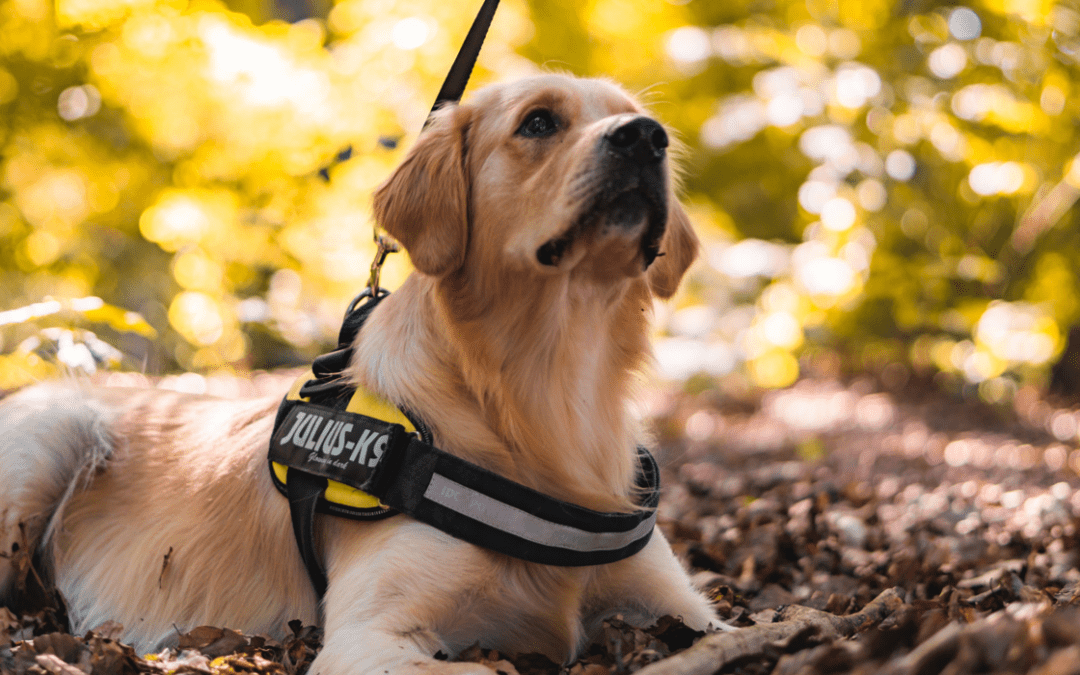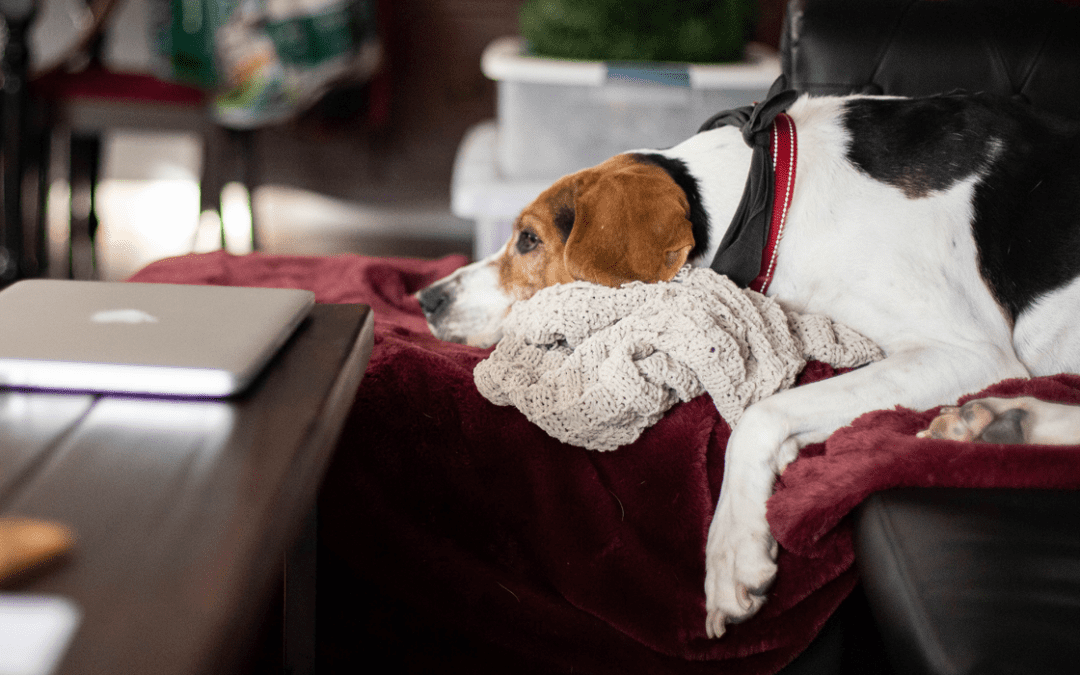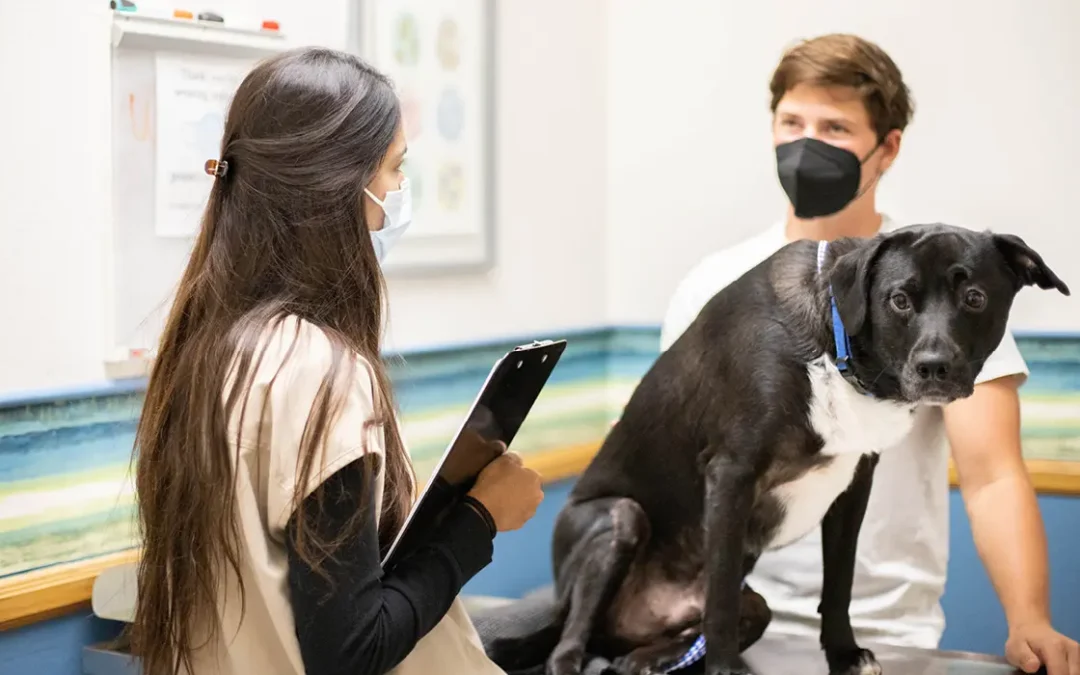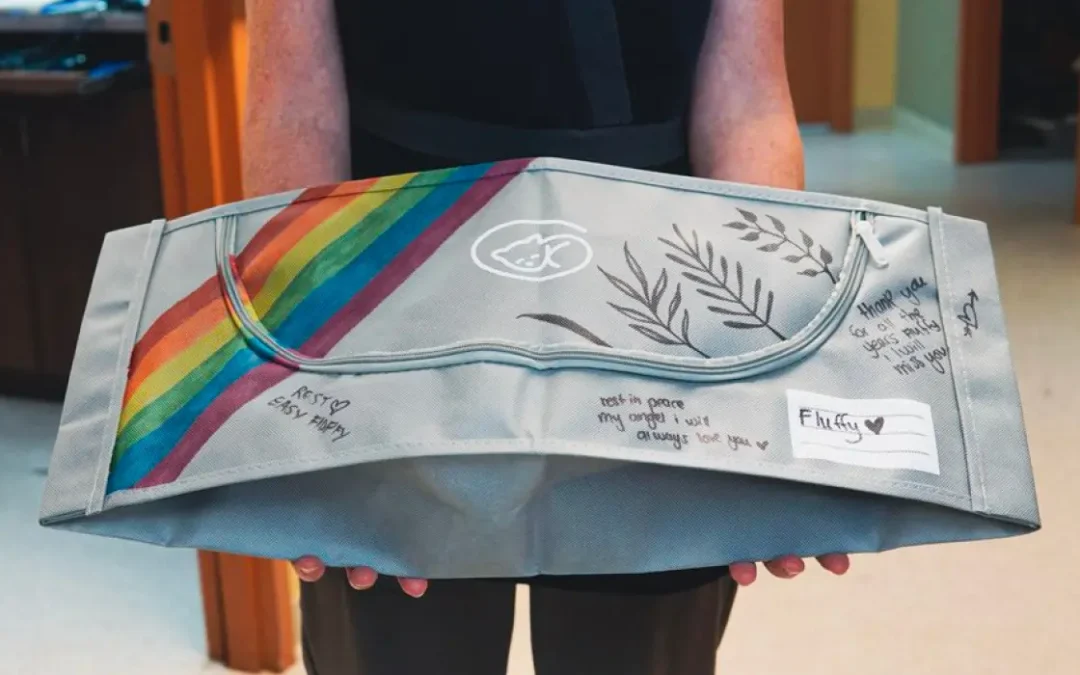The holidays are rapidly approaching, and with that comes the stress that some pets owners dread – traveling with their pets. Over two million pets and other live animals are transported via plane every year, and almost 53% of pet owners have traveled with their pets previously. While there are plenty of people who have traveled with their pets, that doesn’t limit the stress for individuals who may be traveling for the first time.
If you’re traveling with your pet for the first time (or it has been a while since your last pet travel), we’ve compiled a couple of tips that will help make your life a little bit easier.
1. Check-In With Your Vet Before Traveling
No matter the mode of transportation you’re taking to your destination, it’s always best to check in with your vet before your trip to make sure that your pet is ready to go. Traveling can be stressful for pets with sensitive needs, such as senior pets or those with motion sickness.
Depending on how you’re traveling, some airlines and trains require you to have veterinarian-verified documentation of vaccination records and other health conditions. Setting an appointment via your PetDesk app a few weeks before your departure date is a good way to get both you and your pet prepared.
2. Pack Their Favorite Items to Make Them Feel More at Home
Traveling is stressful for your pets. They have to be confined in a small space for a long period of time and are surrounded by loud noises and unusual scents.
Make sure to pack their favorite toys, bed, blankets, and treats so that they feel more comfortable during the trip. When you reach your destination, clearly designate an area that’s meant for them by placing their bed, toys, and food bowl down for them as you would at home.
Consult your veterinarian for different options on how to manage a big trip, as there are different methods for calming anxious pets. They’ll be able to work with you to find the best option for your pet.
3. Prepare for the Worst
Nobody wants to think about what could go wrong when traveling, but it is a necessary step to take, just as a precaution. Double check that your contact information, and the contact information of the place you’re staying at, is clearly marked on their collar. This is also a good opportunity to check with your pet’s microchip company to see if that information is up to date.
If you happen to have a medical emergency when you’re out, chances are you will have to visit an emergency vet with who you may not be familiar. It’s important to keep your pet’s health records on hand just in case anything like this does happen. Using a tool like the PetDesk App can help you access your pet data electronically and easily share your pet’s information via email with whoever you need to at the touch of a button.
4. Practice Traveling Short Distances
If your pet is required to travel in a carrier, get them acquainted to the carrier on their own terms. Reward them with treats when they enter their carrier on their own and travel with them in the car for short periods of time.
As they get more familiar with the sensation, it will be a lot less stressful when the time comes to actually travel. Build up to the big trip, slowly, starting with being in the crate for a couple of minutes, then to car rides in the crate, and then even longer car rides, all the way to the final trip.
5. Take Breaks
If you’re traveling via car, make sure to take breaks every now and then. While you may be able to drive through a six-hour car ride without stopping, your pet might not. Plan out stops for your pets in increments that are similar to their regular bathroom breaks. Do they usually have a walk after lunch? Take a pit stop around the same time so their rhythm doesn’t get too disturbed.
6. Wear Them Out
If you have a hyperactive pet and a long trip ahead of you, it might be best to tucker them out before attempting to sequester them for hours on end. Play with them a bit and run their energy out, so by the time they get into the car all they’ll want to do is sleep. This can also help calm anxious pets during stressful trips – if you have an opportunity to help them get any pent-up energy out, take it.
7. Ensure Parasite Preventatives are Up to Date
While many parasite preventatives are meant for all-around coverage, double check that your pet is up to date. There is a chance that you can bring home external parasites from your travels. If you live in the city and are traveling to a heavily wooded area, make sure you add a tick preventative to the mix.
8. When All Else Fails, Leave Them With a Trusted Friend
If you find that traveling stresses out your pets a little too much, maybe it’s best to leave them somewhere where they are the most comfortable. Find a trusted friend or ask your veterinarian for recommendations on boarding facilities in the area. When all else fails, you can always search for boarders in your PetDesk App to reserve a spot before you head out for your trip.
Is your pet a seasoned traveler? If yes, we want to hear about your travel tips in the comments below. What do you do to help your pets feel more comfortable on their trip?






